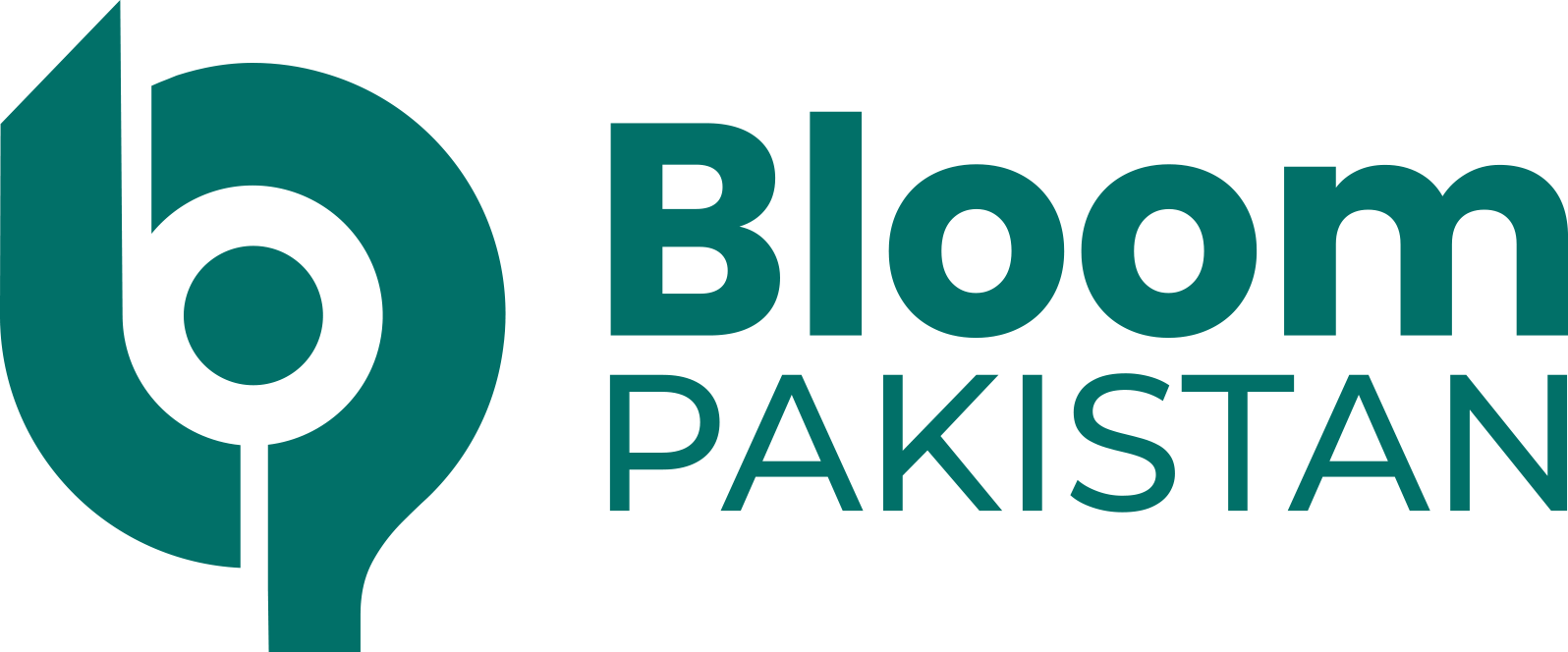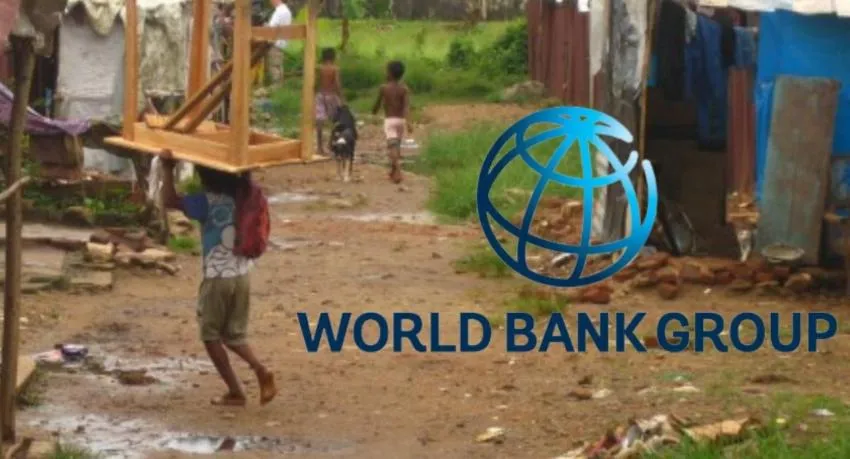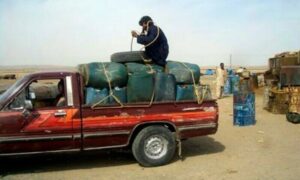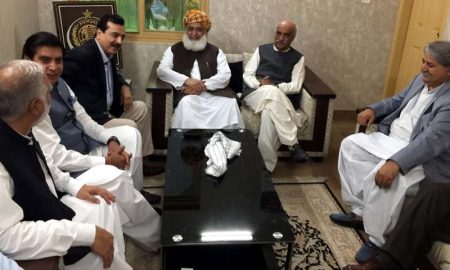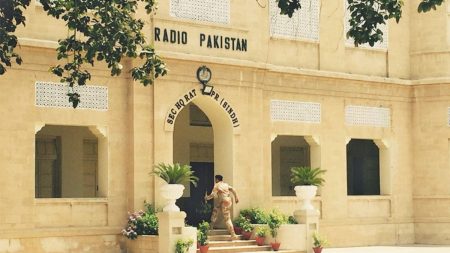Islamabad/Washington: World Bank has projected that Pakistan’s poverty rate will stand at 42.4% in the fiscal year 2025.
This statistic reflects the growing challenge as the country’s population expands at nearly 2% annually, adding approximately 1.9 million people to the ranks of the poor this year.
In its latest “Poverty & Equity Brief,” the World Bank highlighted that, despite a stabilizing economy and easing inflation, Pakistan’s economic growth of 2.6% is insufficient to significantly reduce poverty levels.
The country’s poverty rate, based on a consumption threshold of US$3.65 per day (2017 PPP), remains almost unchanged from the previous year, underscoring the challenges in poverty alleviation.
The report further noted that consumption-based inequality, measured by the Gini Index, has seen an increase of nearly 2 points since fiscal year 2021.
Although the index stands just below 32 in the past year, actual inequality is likely to be higher as wealthier households are often under-represented in surveys.
External Factors Impacting Poverty Reduction
Global trade dynamics are another factor that could affect Pakistan’s economic recovery and poverty reduction efforts.
While agricultural growth in fiscal year 2024 had provided some hope, the sector now faces significant hurdles.
In the first half of fiscal year 2025, adverse weather conditions, including a 40% reduction in rainfall, along with pest infestations and changes in crop choices, are expected to cause crop yields to decline.
Projections suggest that cotton yields could fall by 29.6%, and rice by 1.2%, limiting growth in the agriculture sector to less than 2%.
Agriculture, which employs a significant portion of the working poor, will likely experience a slight rise in rural poverty (0.2 percentage points), and real incomes for agricultural workers are expected to drop by 0.7% in 2025.
Food insecurity remains a pressing concern, with approximately 10 million people in rural areas facing acute food insecurity.
Impact of Economic Strain on Industrial and Service Sectors
Fiscal tightening has led to cuts in development spending, impacting industries such as construction, which employs 17% of the poor in daily wage jobs.
Read More: On poverty traps, and Pakistan
The industrial and service sectors, both of which showed weak growth in the first half of fiscal year 2025, have resulted in minimal improvements in real income for workers in these fields.
For example, real wages in the construction sector are expected to fall by 1.4%, while low-productivity service jobs may see only a 0.7% increase in real wages.
Although nominal daily wages for low-skilled workers nearly doubled between fiscal year 2019.
The first quarter of fiscal year 2025, real wages have either remained stagnant or declined slightly, indicating a loss in purchasing power, despite inflation easing to 7% year-over-year in the first half of fiscal year 2025.
Remittances and Social Protection Measures
While external remittances saw a substantial increase of 33% in the first half of fiscal year 2025, their impact on the poorest households remains limited, as only 3.2% of the lowest-income households receive remittances.
However, remittances continue to play a vital role for vulnerable households just above the poverty line, helping to shield them from falling deeper into poverty during economic shocks.
Additionally, rising emigration, particularly among low-skilled workers since 2020, may extend the benefits of remittances to more households in poverty.
On the social protection front, the Benazir Income Support Program (BISP) has increased its benefits beyond inflation rates, with plans to expand the program to cover 500,000 more households by the end of the fiscal year.
These measures are expected to support household consumption and offer some protection to the poor against short-term market shocks.
Despite efforts to stabilize the economy, the World Bank’s report reveals that Pakistan is facing a significant challenge in reducing poverty.
Also Read: Poverty-Climate Change Nexus Demands Urgent Integrated Action, Experts Urge
The combination of agricultural setbacks, weak industrial growth, and limited benefits from external remittances means that large segments of the population will continue to face financial hardships.
The report underscores the need for more targeted economic policies to address the root causes of poverty and inequality in Pakistan.
